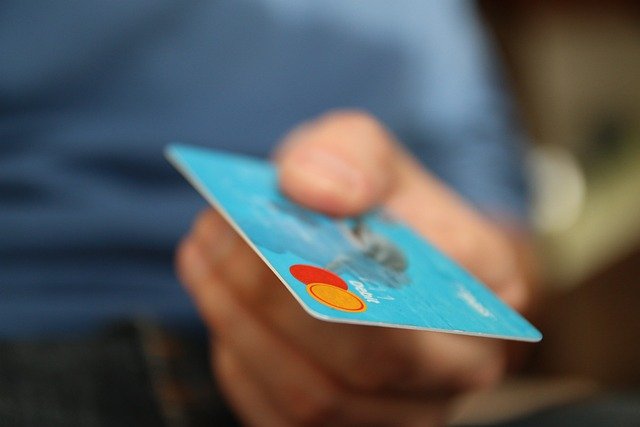Payment processing is a crucial part of modern commerce, facilitating the electronic transfer of funds from customers to merchants. This process has evolved significantly, transitioning from traditional offline methods to sophisticated online systems. Below, we’ll explore how payment processing works, the key players involved, and the different types of payment processors available.
The Evolution of Payment Processing
Historically, payment processing relied on point-of-sale (POS) systems, which included hardware and software, along with manual reconciliation by employees. Today, with the rise of e-commerce, transactions are recorded directly on merchant dashboards, seamlessly integrating with bookkeeping software.
Key Players in Payment Processing
Several entities contribute to the payment process, each playing a vital role:
- Customer: The individual purchasing goods or services.
- Merchant: The business owner receiving payment.
- Payment Terminal: Hardware or software where customers enter payment details.
- Payment Gateway: The electronic portal transmitting payment requests.
- Merchant’s Payment Processor: The company that handles transactions for the merchant.
- Acquiring Bank (Merchant Bank): The financial institution receiving payments on behalf of the merchant.
- Customer’s Payment Service Provider: Third parties that manage payments for customers.
- Card Networks: Organizations like Visa and MasterCard that facilitate card transactions.
- Customer’s Issuing Bank: The bank that issued the customer’s card, responsible for settling payments.
Step-by-Step Process of Payment Processing
Step 1: Customer Enters Payment Information
To initiate a payment, customers enter their payment details into a terminal—either in-store via card readers or online through checkout forms. Payment methods may include:
- Credit/Debit Card: Swiping, dipping, or entering card details.
- Bank Transfers: Customers transfer funds directly to the merchant’s account.
- Buy-Now-Pay-Later (BNPL): Customers select BNPL options and provide their card information.
Step 2: Encryption and Routing
Once payment details are entered, they are encrypted for security. The data is then routed through the payment network, following this path:
- Merchant’s payment processor
- Merchant’s acquiring bank
- Card network
- Customer’s issuing bank
During this process, security checks are performed, such as verifying the card’s status and ensuring sufficient funds. If approved, the issuing bank sends an “authorized” message back through the network.
Step 3: Merchant Authenticates Transactions
Merchants typically review and authenticate transactions daily. They check for any suspicious activity and either accept or block flagged payments before final processing.
Step 4: Funds Transfer
After authentication, the acquiring bank requests funds from the issuing bank, receiving the transaction amount minus fees from the issuing bank and card networks.
Step 5: Merchant Account Settlement
The acquiring bank deposits the settled funds into the merchant’s account, deducting fees charged by the payment processor.
Step 6: Customer Repayment
If a credit card or BNPL was used, the customer receives a bill from their lender and must repay the amount owed.
Types of Payment Processors
Different types of payment processors cater to varying business needs:
1. Merchant Services Provider
This provider offers a dedicated merchant account for registered businesses, including a unique merchant identification number (MIN). They typically provide comprehensive services, such as:
- Sales reports
- Customizable fraud protection
- Chargeback mitigation
- Recurring billing options
2. Aggregated Merchant Account Provider
These processors, such as PayPal and Stripe, allow multiple merchants to operate under a single shared account. Benefits include ease of setup and no need for a business registration. However, fees are often higher per transaction, and accounts can be frozen without warning.
The Advantages of Electronic Payment Processing
While the payment processing journey involves multiple steps and players, it is generally quick—often completed within seconds. The security measures in place make electronic transactions reliable. A report by FIS Global Payments found that cashless payments accounted for 82% of global transactions as of 2022. Additionally, electronic payment methods enable merchants to reach customers internationally.
Choosing the Right Payment Processor
For businesses looking to accept electronic payments, selecting the right payment processor is crucial. Factors to consider include:
- Transaction Fees: Compare the cost structures of different processors.
- Service Offerings: Look for comprehensive merchant services that can help your business grow.
- Security Measures: Ensure the processor provides robust security protocols.
- Integration: Check if the payment processor integrates easily with your existing systems.
Conclusion
Payment processing is an essential function of modern business, enabling seamless transactions between customers and merchants. Understanding the key players and steps involved can help businesses optimize their payment processing systems and enhance customer experiences. By selecting the right payment processor, merchants can facilitate smooth transactions and potentially increase their sales, tapping into a global market of cashless consumers.

